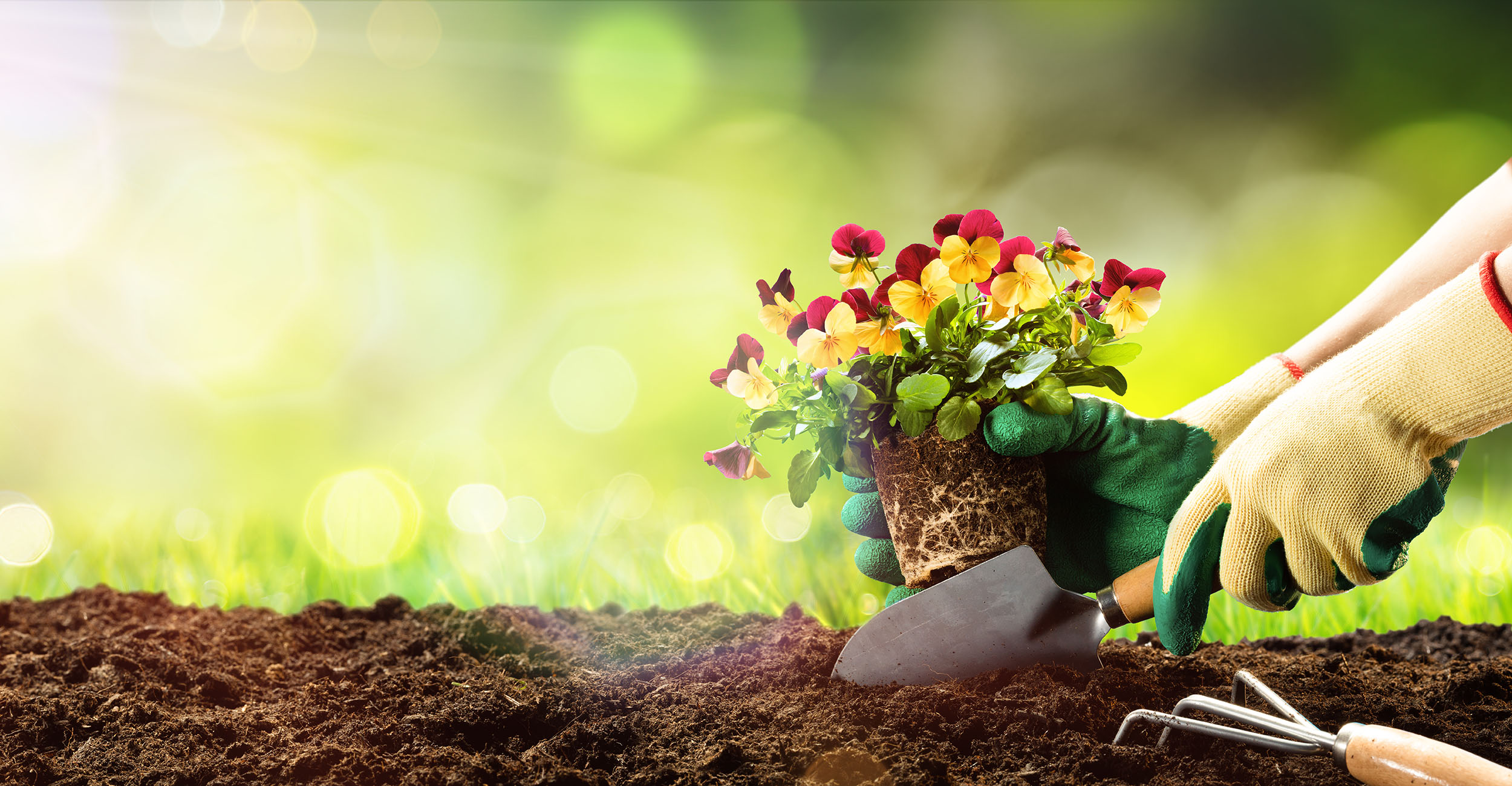Planting for Beginners: Newbie Gardening Explained in Easy-to-Follow Steps
Wiki Article
From Amateur to Green Thumb: A Step-by-Step Trip Via the Art of Gardening

Recognizing Your Gardening Room
To start your gardening trip, it is important to comprehend the unique features and restrictions of your horticulture area. Take a minute to observe your surroundings. Is your room little or huge? Is it subjected to complete sun or does it obtain partial shade? Exist any details challenges you may encounter, such as bad dirt top quality or restricted water schedule? Understanding these variables will assist you make informed decisions concerning the sorts of plants that will grow in your space.Consider the size of your gardening area. If you have a little area, you might require to concentrate on container gardening or vertical gardening to optimize your growing area. On the other hand, if you have a large space, you have the high-end of growing a range of plants and developing different areas within your yard.
If your area is shaded, you can choose for shade-loving plants like ferns or hostas (newbie gardening). If your room gets full sunlight, you can expand a broad range of plants, consisting of natural herbs, blossoms, and vegetables.
Last but not least, take into consideration any type of difficulties or limitations specific to your area. You may require to change it with garden compost or pick plants that are forgiving of less-than-ideal problems if your soil high quality is inadequate. If water is scarce, you can go with drought-tolerant plants or implement water-saving techniques like mulching.
Selecting the Right Plants for Your Garden
Select plants that are appropriate to your yard's one-of-a-kind conditions and your personal preferences. When picking plants for your yard, it is important to think about aspects such as sunshine, dirt kind, and climate. Some plants prefer well-drained soil, while others flourish in clay-like or wet dirt.An additional important aspect to think about is your personal preference. Do you like a yard full of vivid flowers, or are you a lot more curious about expanding herbs and vegetables? Believe regarding the function you desire your yard to serve and the aesthetic you want to accomplish. It's likewise worth taking into consideration the upkeep degree of the plants you select. Some plants need more care and attention, while others are more low-maintenance.
Preparing the Dirt for Growing
First, analyze the problem of your soil to identify if any renovations or modifications are needed. The quality of your dirt is critical for the success of your yard. Begin by checking the appearance of the dirt. Is it sandy, loamy, or clayey? Sandy soil drains pipes swiftly, while clayey soil retains water. Fertile soil is the perfect balance in between the two. Next, examine the pH level of your soil. Most plants like a slightly acidic to neutral pH, around 6.0 to 7.0. If your dirt is also acidic or alkaline, you may require to change it using dirt changes such as lime or sulfur. Furthermore, you ought to take into content consideration the nutrition content of your dirt. Conduct a soil examination to figure out if any crucial nutrients are lacking. This will assist you decide which fertilizers or organic matter to include. Guarantee that your dirt is well-draining. Badly drained pipes soil can cause water logged roots and various other plant wellness issues. Boost drain by including organic matter like garden compost or peat moss if essential. By assessing and making necessary changes to your dirt, visit this website you can create an ideal atmosphere for your plants to grow.Nurturing and Maintaining Your Garden
When you have actually prepared the dirt, it's time to obtain your hands unclean and begin supporting and keeping your yard. The trick to an effective yard corresponds care and attention. Watering is vital, specifically throughout completely dry spells. Make certain to sprinkle your plants deeply, permitting the water to pass through the dirt and get to the roots. Routine weeding is likewise essential to keep your garden totally free from unwanted plants that compete for nutrients and space. Pull out any weeds, making sure to eliminate their origins to stop them from returning. Furthermore, it's necessary to supply appropriate nutrition for your plants. Consider using natural plant foods or garden compost to enhance the dirt and advertise healthy development. Trimming is an additional vital job to keep your garden looking cool and urge much better airflow and sunshine infiltration. Trim off any dead or broken branches to maintain the navigate here overall wellness of your plants. Lastly, be on the hunt for pests and conditions. Frequently examine your plants for any kind of indications of invasion or health problem and take immediate activity to avoid further damages. By following these nurturing and upkeep practices, you will certainly guarantee a thriving and attractive yard.Troubleshooting Common Gardening Issues
If you discover eaten leaves or plants that are shriveling for no evident reason, you might have a parasite invasion. If your plants have yellow or tarnished leaves, they might not be getting adequate nutrients. Eliminate impacted plants and deal with the remaining ones with natural fungicides or chemicals.Conclusion
Congratulations! You have actually successfully completed the trip from amateur to green thumb in the art of horticulture. By recognizing your gardening area, picking the right plants, preparing the dirt, and supporting your yard, you have gotten rid of usual horticulture issues like a pro. Now, equipped with expertise and experience, you are ready to delight in the appeal and wealth of your growing garden. Keep up the magnum opus and proceed to grow your environment-friendly thumb!
When choosing plants for your yard, it is essential to consider factors such as sunshine, soil kind, and climate. Some plants favor well-drained soil, while others thrive in clay-like or damp dirt (newbie gardening). By comprehending your horticulture area, picking the right plants, preparing the soil, and supporting your garden, you have actually conquered usual gardening concerns like a pro
Report this wiki page